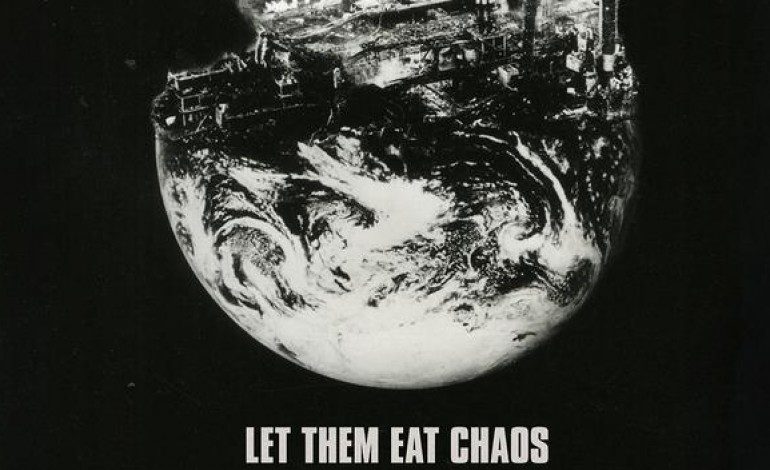

The Unity and Narcissism of Human Emotion
“Is this really what it means to be alive?” Kate Tempest asks on her latest LP. The answer, perhaps, is greater than the question, an assertion that Tempest brings to the forefront of her new material.
Kate Tempest’s latest release, wittily titled Let Them Eat Chaos, is truly an exploration of purpose, perspective and political influence. Tempest is an orator gifted in portraying image through text, and the context of the album thus capitalizes on this very effect. The scene is first set within the vast expanses of space, and the listener is drawn ever-closer to Earth; as Tempest brings the listener closer, however, the established peace (“or absence, at least, of terror,” as Tempest asserts) begins to fade with the introductory signs of humanity. This herculean opening, “Picture A Vacuum,” sets the theme for the remainder of the record, painting a bleak portrait of man’s ultimately flawed relationship with Earth and, fundamentally, with himself.
The listener is soon introduced to seven characters, unified only by their proximity along one London avenue. The time, one hears, is 4:18 AM. From this introduction, Tempest delves into the mind of one character per song, moving not linearly but introspectively; each person has their own issues that haunt them, their own experiences that define them. Among great diversity in socio-economic standing, success and sexuality, Tempest slowly and subtly reveals how each of these seemingly unrelated humans are interwoven through the depth of their emotional experience.
Tempest is assuredly as notable a poet and writer as she is a rapper, equal parts Samuel Beckett and Raekwon. Brand New Ancients, Tempest’s one-woman show that established her voice on a national platform, won the Ted Hughes Award for Poetry in 2013–undoubtedly a positive way to begin her career. Since then, she has composed a collection of poetry, written a novel and crafted two hip-hop records, all released to undivided acclaim. However, as universally touted a wordsmith as she has become, her lyricism is always welcoming, her prose never exclusionary or haughty. This new album is yet another example of this polymathic success, a means by which Tempest speaks profoundly and yet communicates in the listener’s tongue.
Let Them Eat Chaos sees Tempest draw heavily from her prolific literary background, each song preceded by an introductory segment of spoken word to set the scene. Interestingly, this is a reversal of what she presented in her debut album, Everybody Down, in which only one track (“Chicken”) incorporated the unmetered dialogue that defined her early successes in poetry and theater. These micro-preludes are perhaps the greatest strength of the record. Tempest consistently provides concise settings and character introductions for each of her seven beings. This all occurs before breaking through the haze of the openings and launching into the verses that follow, a form that is masterfully handled by Tempest in what becomes an unforgettable and revolutionary performance.
Equally as noteworthy as her prose is the work of Dan Carey, who produced the full record with a highly attentive ear, supporting Tempest’s remarkably compounded text with musical pathos and brevity. Carey–an all-star producer, whose clients have included artists such as Sia, Christina Aguilera and Franz Ferdinand–has indisputably great command of his craft within the context of a pop act. However, his work with Tempest provides a much different challenge. As he did with Everybody Down, Carey again has had to straddle an imaginary line in the sand on Let Them Eat Chaos, providing an intriguing and memorable ambiance that is also stagnant enough to not draw attention away from Tempest’s verse. This is accomplished perfectly; the production always feels intimate and responsive to the text, avoiding the pure ease of the unending-loop, oft heard behind spoken word efforts. This mastery is proved within “Picture A Vacuum” alone, as the tonality of a sparse, Rhodes-esque synthesizer is slowly injected with the half-step dissonance and foreboding hum of the industrial setting that pervades the album.
It would simply not be fair to judge these songs on an individual basis; the record is truly a package, a near-cinematic experience, and warrants being absorbed as such. As political as it is personal, Let Them Eat Chaos digs to the core of human insecurity and belief. Unified as humans are through these very emotions, Tempest concludes by asking how the world can stand idly by as such unrest and inequality reigns supreme–a question that will ring in the listener’s ear long after the record has stopped playing.
